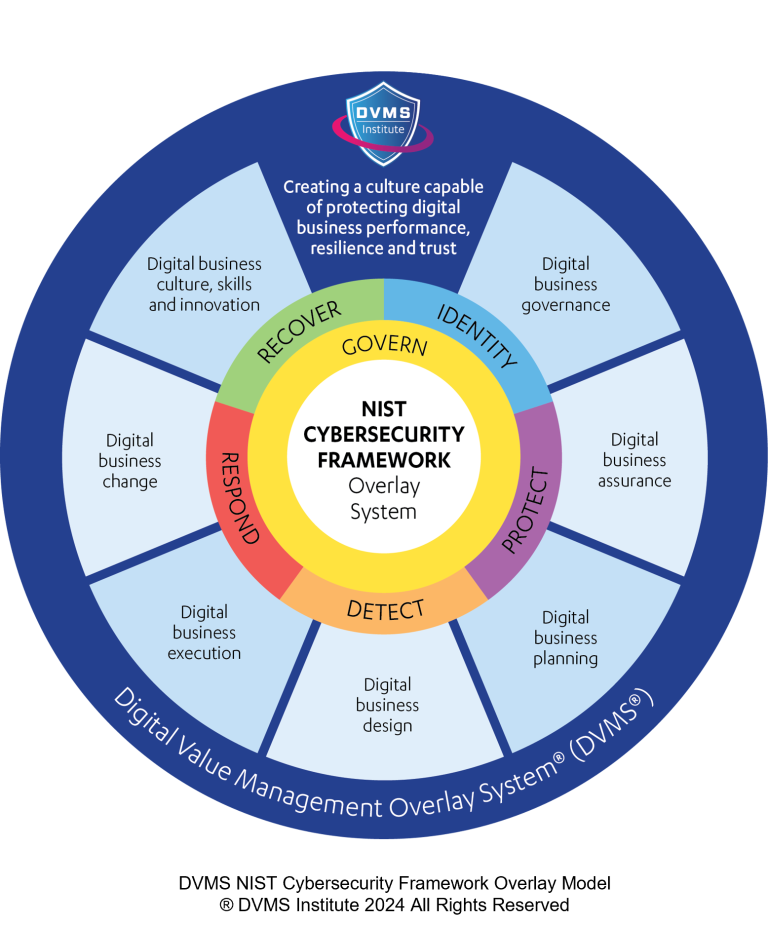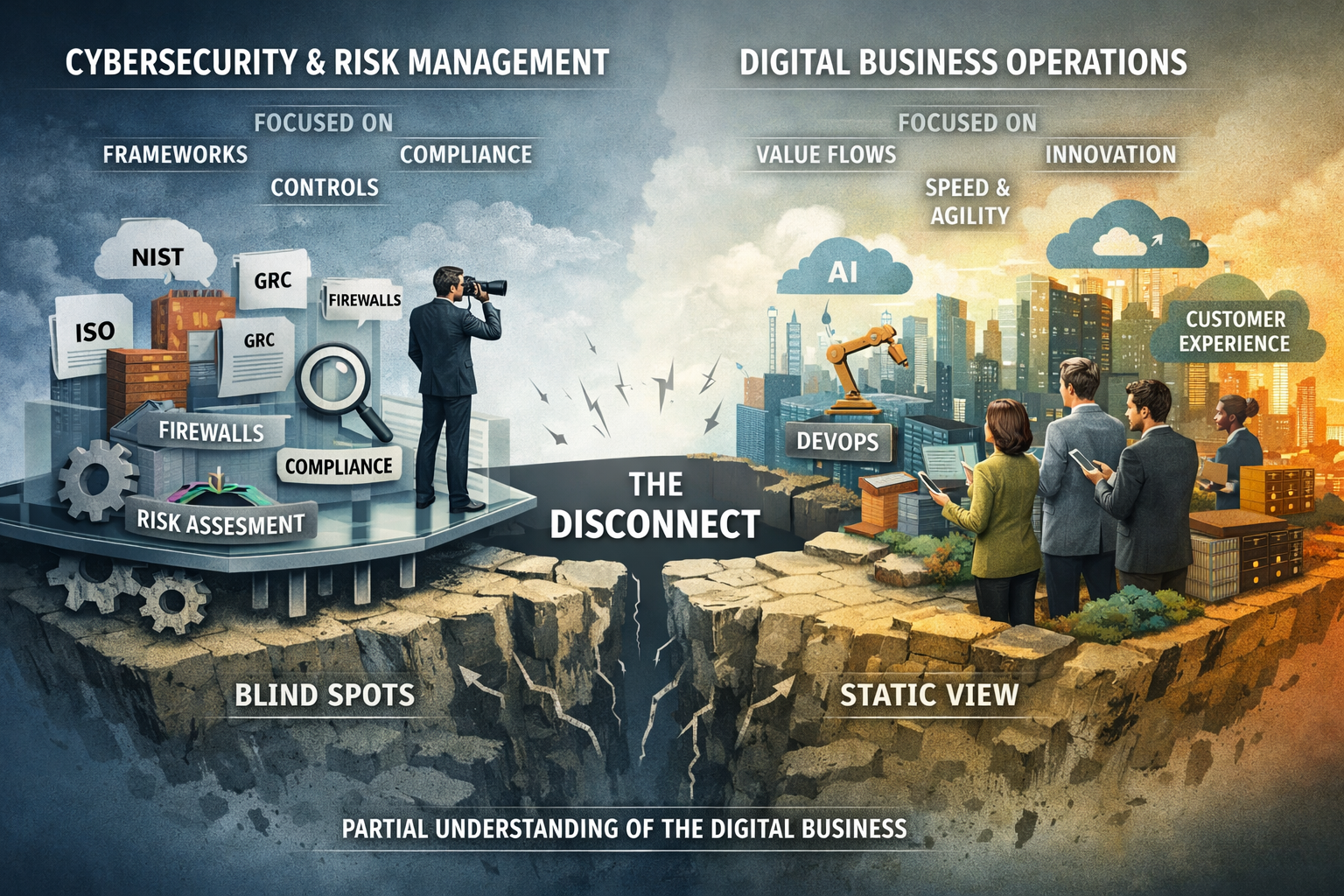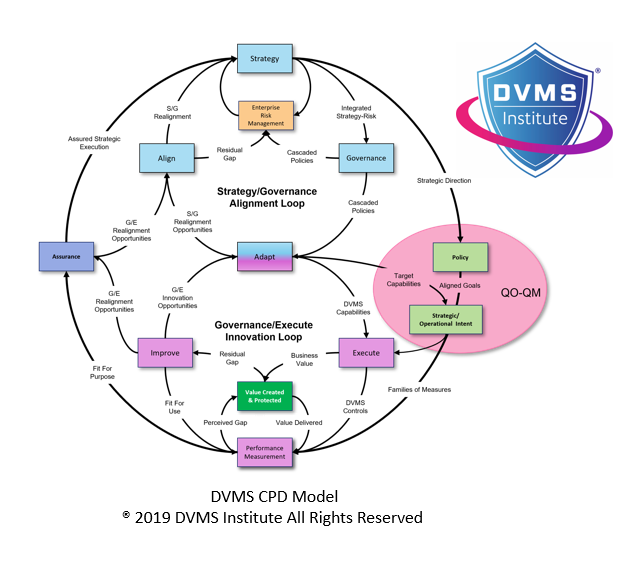A Standardized Approach to Cyber Risk Management: A Prescription for Burnout Prevention
Rick Lemieux – Co-Founder and Chief Product Officer of the DVMS Institute
The cyber risk management profession, often lauded as the digital guardians, is facing a mounting crisis: burnout. The relentless onslaught of threats, coupled with the demanding nature of the work, is taking a toll on professionals, leading to exhaustion, disillusionment, and even attrition. A standardized approach to cyber risk management can provide a much-needed antidote to this epidemic, offering a framework for more efficient, effective, and sustainable cyber risk management practices.
The Root Causes of Burnout
The primary drivers of burnout in cyber risk management are the work’s complexity, unpredictability, and high-stakes nature. Professionals often find themselves in constant flux, grappling with emerging threats, evolving technologies, and the ever-present risk of a data breach. This relentless pressure, long hours, irregular shifts, and the fear of failure can lead to significant psychological strain.
Additionally, the lack of standardization in cyber risk management can exacerbate burnout. Professionals may be overwhelmed by disparate tasks, conflicting priorities, and uncertainty without a clear and consistent framework. This can lead to inefficiencies, frustration, and a loss of motivation.
The Benefits of Standardization
A standardized approach to cyber risk management offers several benefits that can help to reduce burnout:
- Increased efficiency: By providing a clear and consistent framework for cyber risk management, organizations can streamline their processes, reduce redundancies, and improve overall efficiency. This can free up time for professionals to focus on high-value activities and reduce the burden of administrative tasks.
- Improved decision-making: A standardized approach can help organizations make more informed and consistent decisions about cyber risk. By providing a common language and framework for assessing and managing risk, organizations can avoid inconsistencies and ensure that resources are allocated effectively.
- Enhanced collaboration: Standardization can facilitate better cooperation between teams and departments. By providing a shared understanding of cyber risk and its implications, organizations can break down silos and ensure that everyone is working towards a common goal.
- Reduced stress and anxiety: A standardized approach can help to reduce stress and anxiety among cyber risk management professionals. By providing a transparent and predictable framework for their work, professionals can feel more in control and less overwhelmed by the constant threat of a data breach.
- Improved job satisfaction: When cyber risk management professionals feel that their work is meaningful, efficient, and practical, they are more likely to be satisfied. A standardized approach can help to create a more positive and rewarding work environment.
Critical Components of a Standardized Approach
A standardized approach to cyber risk management should include the following key components:
- Risk assessment: Organizations should conduct regular risk assessments to identify and prioritize potential threats. This should involve a comprehensive analysis of the organizational assets, vulnerabilities, and possible threats.
- Risk treatment: Organizations should develop and implement strategies to mitigate or eliminate risks once risks have been identified. This may involve a combination of technical, administrative, and operational controls.
- Risk monitoring and reporting: Organizations should continuously monitor their risk environment and report on their progress in managing risk. This should involve tracking key metrics, conducting regular reviews, and providing updates to stakeholders.
- Governance and oversight: Organizations should establish a governance framework for their cyber risk management activities. This should involve assigning clear roles and responsibilities, providing adequate resources, and ensuring accountability.
Implementing a Standardized Approach
Implementing a standardized approach to cyber risk management requires a concerted effort from all levels of the organization. This involves:
- Leadership commitment: Senior executives must be committed to the importance of cyber risk management and provide the necessary resources and support.
- Employee training and education: All employees should receive training in cyber risk management and their role in protecting the organization.
- Technology and tools: Organizations should invest in technology to support their cyber risk management activities.
- Partnerships and collaborations: Organizations may need to partner with external experts or other organizations to address specific cyber risk challenges.
Adopting a standardized approach to cyber risk management can help organizations create a more efficient, effective, and sustainable cybersecurity program. This can help reduce burnout among cyber risk management professionals and ensure that the organization is well-prepared to address the challenges of the digital age.
About the Author

Rick Lemieux
Co-Founder and Chief Product Officer of the DVMS Institute
The DVMS Institute teaches organizations of any size, scale, or complexity an affordable approach to mitigating cyber risk to protect digital business performance, resilience, and trust.
Rick has 40+ years of passion and experience creating solutions to give organizations a competitive edge in their service markets. In 2015, Rick was identified as one of the top five IT Entrepreneurs in the State of Rhode Island by the TECH 10 awards for developing innovative training and mentoring solutions for boards, senior executives, and operational stakeholders.
® DVMS Institute 2024 All Rights Reserved




